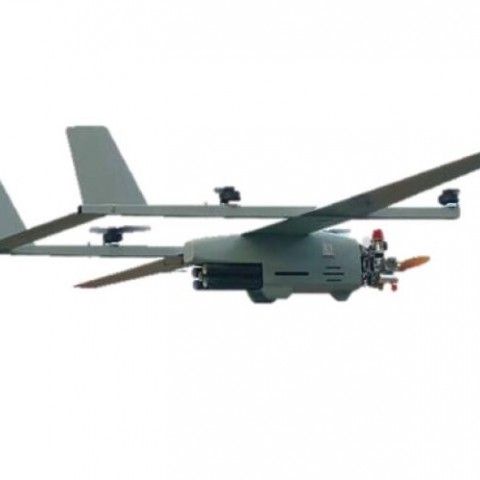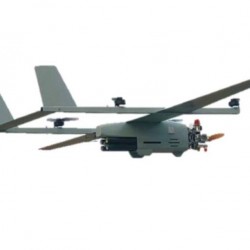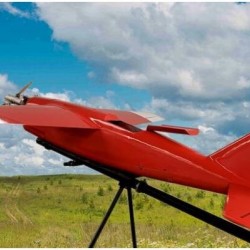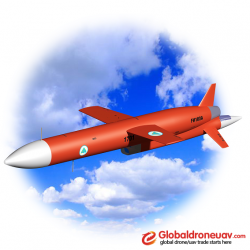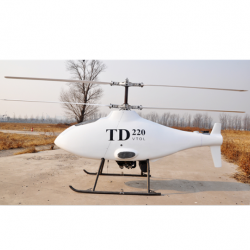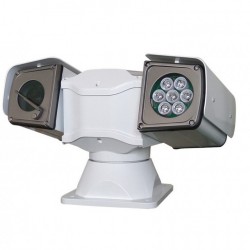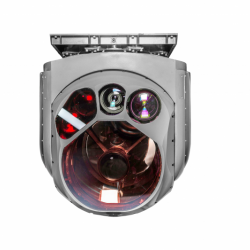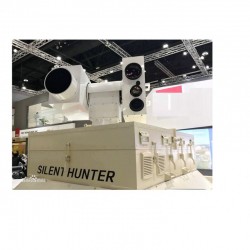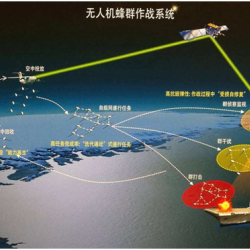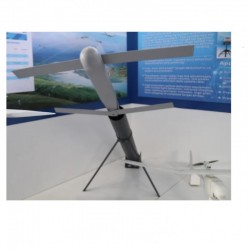UAV Weather Modification Cloud-Seeding System
Artificial rain drone supplier: China Aerospace Science and Technology Corporation (CASC)

Project Background
- At present, the main weather modification operation methods include aircraft seeding system, ground based seeding system, Rain-enhancement and hail-suppression rocket and other equipment.
- Aircraft seeding system operation is generally applied in provincial weather modification operation.The range is wide and can be based on provincial meteorological conditions and to conduct joint peration with other cities, but the cost is high when using it in small cloud area;
- There are certain restrictions on ground-based seeding system. only in the case of updraft can the seeding agent be brought to high altitude for rain enhancement;
- Rocket operation has quick response and good operation effect. However, with the accelerating urbanization process, it is more and more difficult to selec frothe landing point of the debris of the rocket.
- At the same time, the rocket angle has certain requirements. In the case of low clouds, the seeding agent can not be effectively spread to the clouds.
- In this context, UAV (UAV) rain-enhancement operation system has emerged.
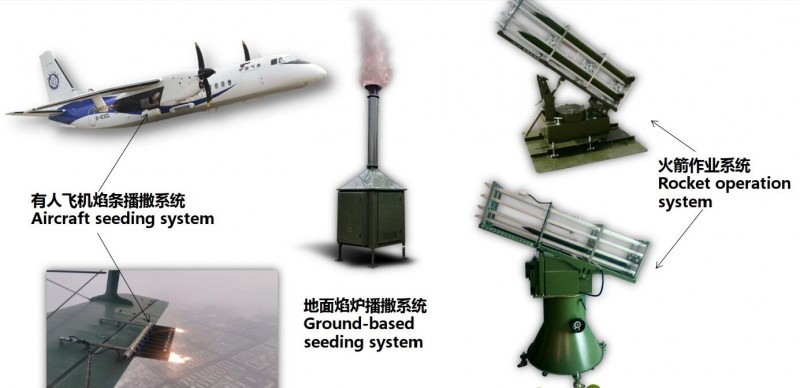
Zhongmian Rocket firmly grasped the market demand and carried out the development of UAV rain-enhancement operation system in 2017. Through a variety of models tests, finally determined the use of rotor vertical takeoff and landing mediumUAV forUAV rain-enhancement operation.
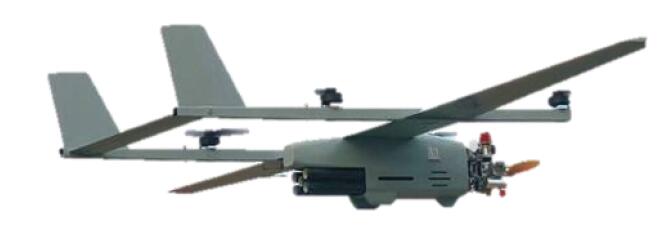
ZT-80-1and ZT-80-2UAVs Rain-enhancement Operation System
(Rotor vertical take-off and Landing)
UAV rain-enhancement operation system is mainly composed of UAV, airborne seeding system, ground station and data link.
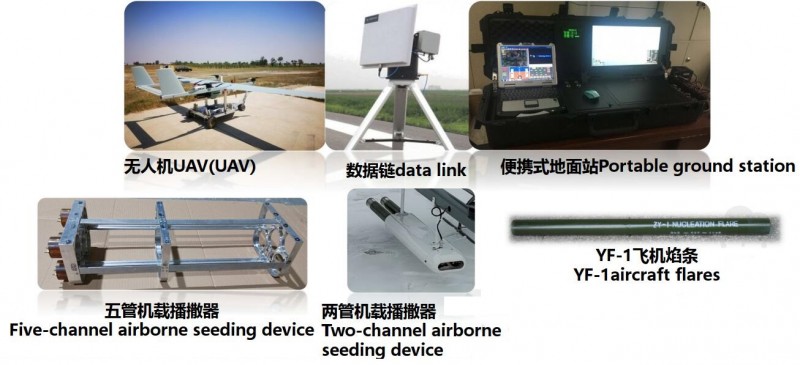
System Composition
- The skeleton and main structural parts of UAV are carbon fiber structure, which effectively reduces the weight of UAV structure.
- The engine uses electronic injection engines to improve low-temperature flight performance and add electric heating system to meet the requirements of passing through cloud operations.
- The airborne seeding system includes airborne seeding device, ignition controller and test and dispatch control software, which is mainly used for resistance measurement and ignition of flares.
- The system has been applied to MA 60 rain seeding aircraft with mature technology and reliable operation.

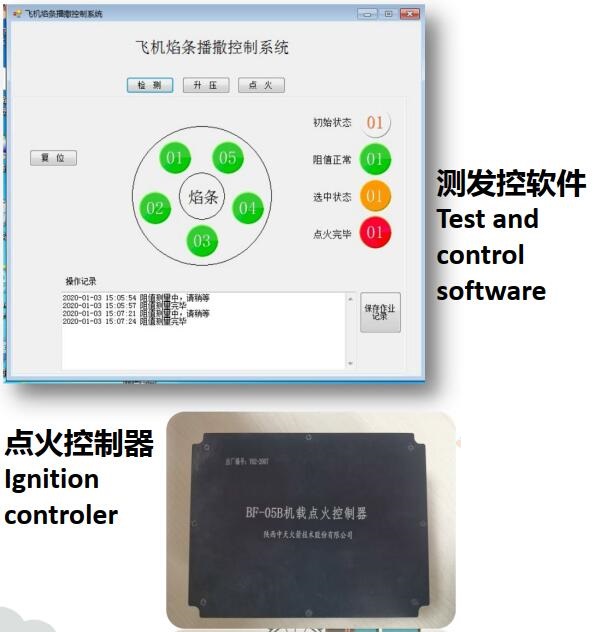

Highly integrated portable design
Redundancy power management system
Rich extension interfaces
Highlight dual screen display
The maximum planned route number is 24
Maximum number of points per route: 150
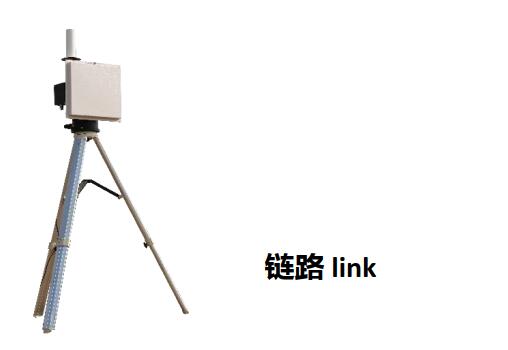

Visual range :(30Km, 50Km, 100Km)
Active/standby dual links
Digital/graph transmission integrated design
Automatic tracking
Angle measurement and ranging provide auxiliary navigation and positioning methods
Performance Indicators
ZT-80-1 UAV rain-enhancement operation system
ZT-80-1 UAV rain-enhancement operation system
Length 2.65 m;
Wingspan 5.2 m;
Maximum takeoff weight: 80kg;
Landing height: ≥ 4500m above sea level;
Cruising speed: 100~120km/h;
Operating temperature: -40℃~+55℃;
Endurance time: ≥2.5h;
Operating radius: 50km~200km customizable (line-of-sight);
Payload weight: 20kg (5 YF-1 flaress);
Takeoff and landing mode: rotor vertical takeoff and landing;
Take-off cross-wind requirements: ≤5;
Practical limit: 6500m;
Engine life: 200h.
ZT-80-2 UAV rain enhancement operationsystem
Length 2.65 m;
Wingspan 5.2 m;
Maximum takeoff weight: 80kg;
Cruising speed: 100~130km/h;
Operating temperature: -30℃~+55℃;
Endurance time: ≥3h;
Operating radius: 30km~200km customizable (line-of-sight);
Payload weight: 20kg (4 YF-1 flaress);
Takeoff and landing mode: rotor vertical takeoff and landing;
Take-off cross-wind requirements: ≤5;
Practical ceiling: 6000m;
Engine life: 500h (200h maintenance).
ZT-40 Weather Modification UAV
Length 2.2 m;
Wingspan 4.0 m;
Maximum takeoff weight: 40kg;
Cruising speed: 70~140km/h;
Operating temperature: -30℃~+55℃;
Endurance time: ≥3h;
Operating radius: 30km~200km customizable (line-of-sight);
Payload weight: 10kg (3 YF-1 flaress);
Takeoff and landing mode: rotor vertical takeoff and landing;
Take-off cross-wind requirements: ≤6;
Practical limit: 5500m;
Engine life: 500h (200h maintenance).
Operation Procedure
- Meteorological support: determine the operation area and plan the seeding path (latitude, longitude and altitude) based on meteorological observation data;
- Airspace application: apply for airspace and temporary take-off and landing points of the operation area;
- Operation preparation: transport UAV and related equipment to target location,UAV assembly test, flares installation and ground detection. The whole process is about 30min;
- Operation: The UAV takes off and climbs to the operation area to start seeding (max 5 flares, the longest seeding time is 2.5h, or multiple flaress can be seeded at the same time);
- Multiple operation: return after completing a single operation,after refueling fuel, replacing the rotor battery and flares can restart to take-off, reloading time is about 0~15min;
- Completion of the operation: after the completion of seeding, the UAV returns, the flares remains are handled, and the UAV is cleaned and maintained before packing.
By February 2021, the operation system of ZT-80-1 and ZT-80-2 UAVs has been verified by 8 sorties of rain and snow increasing test, and all indicators meet the requirements of rain and snow increasing operation. The previous operation process is as follows:
| 1st(10.13 | 2nd (10.14) | 3rd(10.14) | 4th(10.24) | 5th(11.29) | 6th(11.29) | 7th(1.23) | 8th(1.23) | |
| flight time/min | 62 | 92 | 82 | 50 | 50 | 60 | 60 | 90 |
| Number of ignition flares/pcs | 4 | 5 | 4 | 5 | 4 | 4 | 4 | 4 |
| Flight altitude/m | 2500 | 2500 | 4500 | 3000 | 3200 | 4200 | 3200 | 3200 |
| Place | Xinjiang Urumuqi City | Xinjiang Urumuqi City | Xinjiang Urumuqi City | Xinjiang Urumuqi City | Xinjiang Urumuqi City | Xinjiang Urumuqi City | Xinjiang Urumuqi City | Xinjiang Urumuqi City |
| Remark | system testing | Demonst ration flight | Climbing ability limit test | through cloud icing test in snowdays | Cloud penetration test in snow days | Cloud penetration test in snow days | artificial snowfall operation | artificial snowfall operation |
By February 2021, ZT-80-2 UAV has carried out 37 Haze elimination operation in Shihezi, Xinjiang and two snow-increasing operations in Urumqi, with remarkable haze elimination and snow-increasing effects.
Product Advantage
- Small size, light weight, easy to transport;
- Rotor vertical takeoff and landing, low site requirements;
- Short take-off preparation time, 30min fast take-off;
- Fast loading, convenient for multiple sorties continuous operation;
- Simple operation, 3~4 people can complete the complete operation process;
- One station controls multiple aircraft, and controls up to 8 UAVs at the same time;
- Excellent low temperature performance, can work at -40℃;
- Strong climbing ability, high climbing rate;
- Strong night navigation ability, able to operate at night.
Other Related Products
Weather Radar
• TWR series weather radar can search, observe and analyze the weather process in the observation area;
• Detect the distribution of the weather system when clouds and rains move in;
• Provide real-time data such as precise orientation and intensity of the target, direct weathermodification operation, and provide detailed and reliable operation evaluation after operation.
Sounding Rocket
Sounding Rocket
• TK-2 GPS Sounding Rocket System
• Detect and collect temperature, humidity, pressure and wind speed below 7km, which is very useful for weather modification.
• It can also be used to detect the meteorology parameters in case of emergency.
Working principle of the sounding rocket:
• After igniting of the rocket , the rocket will fly to a maximum 8km height.
• When the rocket reach the top altitude of the trajectory, the head coneof the rocket will seperate from the rocket body and the dropsonde willbe ejected from inside.
• Then the dropsonde will descend at a speed about 7m/s and send themeterological datas information to the data receiver on the ground.
